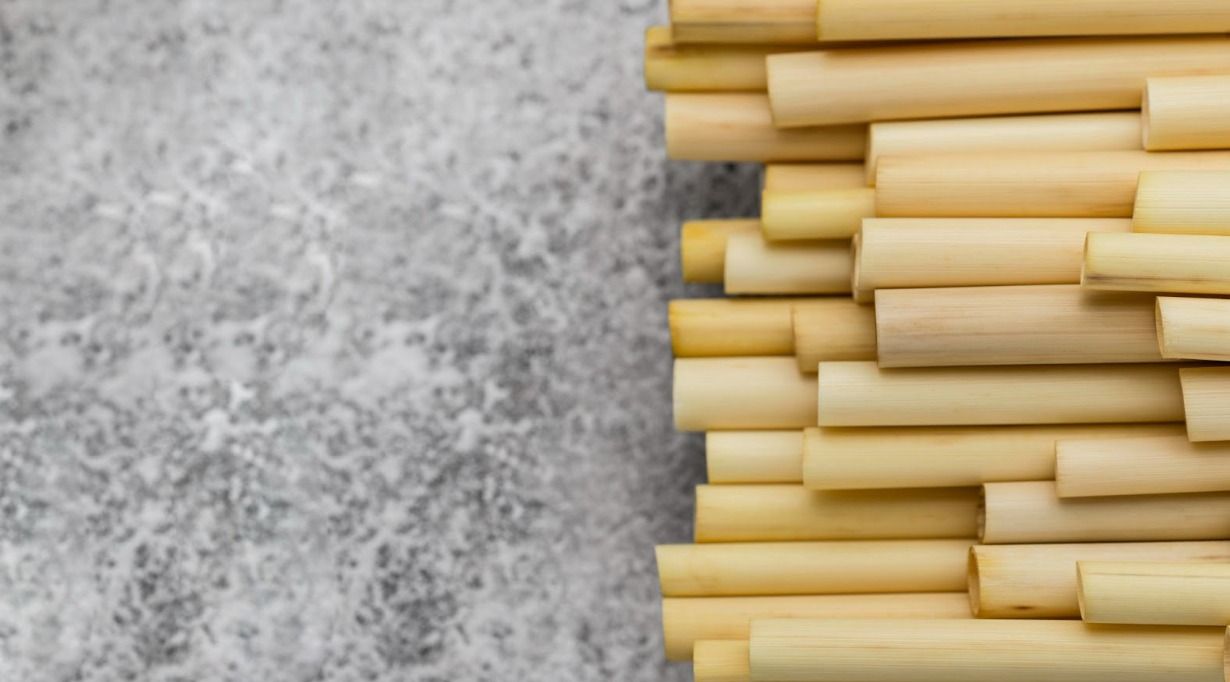Affordable Home Construction Materials in India | 10 Low-Cost Options
Indecimal’s 40% Low-Cost Home Build Guide
Indecimal
utkarsh@indecimal.com

Building a home is one of the biggest investments in a person’s life. However, the increasing cost of cement, steel, and traditional clay bricks has made house construction more expensive than ever. For many families, the dream of owning a house seems distant due to rising costs. But the good news is that there are affordable home construction materials in India that can reduce expenses while still ensuring durability, strength, and modern aesthetics.
At [Indecimal](www.indecimal.com), we understand that a home should not just be strong and beautiful, but also cost-efficient. By choosing the right materials, you can save up to 30–40% of your construction budget without compromising quality. This blog explores the 10 best low-cost house construction materials in India, their benefits, and why they are becoming popular among modern builders.
## Why Choose Affordable Construction Materials?
Before diving into the options, it’s important to understand why choosing budget-friendly materials is smart:
- Cost Savings: Materials like fly ash bricks, AAC blocks, and bamboo reduce overall expenses.
- Eco-Friendly: Many low-cost materials are sustainable and made from recycled or natural resources.
- Faster Construction: Prefabricated and precast materials save time, which directly lowers labor costs.
- Durability: Affordable doesn’t mean weak. These materials are strong enough for long-term use.
Now, let’s look at the most effective options for low-cost house construction in India.
## 1. Bamboo – The Green Steel of India

Bamboo is often called the “green steel” due to its flexibility and tensile strength. It has been used in Indian construction for centuries and is now being reintroduced as a modern eco-friendly solution.
### Advantages
- Cost-effective
- Lightweight
- Sustainable
**Applications:** Roofing, flooring, scaffolding, partitions, structural frames
# 2. Fly Ash Bricks – Eco-Friendly Clay Brick Alternative ### Benefits - 20–25% cheaper - Higher strength - Low water absorption **Applications:** Load-bearing and non-load-bearing walls # Hollow Concrete Blocks – Lightweight and Strong ### Advantages - Faster construction - Lower foundation load - Better insulation # Filler Slab Materials – Save Cement and Steel ### Benefits - Reduces cost - Improves insulation - Environmentally friendly # Prefabricated Materials – Fast and Affordable ### Advantages - Saves cost - Faster construction - Uniform quality # Compressed Earth Blocks – Eco-Friendly and Affordable ### Advantages - 30–40% cheaper - Made from local materials - Long-lasting # Precast Concrete Panels – Ready-Made Walls ### Benefits - Saves labour - Strong and durable - Easy installation # GFRG Panels – Lightweight and Durable ### Benefits - Reduces cement & steel - Lightweight - Cuts cost # Shipping Container Homes – Modern Trend ### Advantages - Saves 30–50% - Quick setup - Eco-friendly # AAC Blocks – Lightweight and Efficient ### Advantages - 3–4 times lighter - Excellent insulation - Reduces labour cost
# 2. Fly Ash Bricks – Eco-Friendly Clay Brick Alternative ### Benefits - 20–25% cheaper - Higher strength - Low water absorption **Applications:** Load-bearing and non-load-bearing walls # Hollow Concrete Blocks – Lightweight and Strong ### Advantages - Faster construction - Lower foundation load - Better insulation # Filler Slab Materials – Save Cement and Steel ### Benefits - Reduces cost - Improves insulation - Environmentally friendly # Prefabricated Materials – Fast and Affordable ### Advantages - Saves cost - Faster construction - Uniform quality # Compressed Earth Blocks – Eco-Friendly and Affordable ### Advantages - 30–40% cheaper - Made from local materials - Long-lasting # Precast Concrete Panels – Ready-Made Walls ### Benefits - Saves labour - Strong and durable - Easy installation # GFRG Panels – Lightweight and Durable ### Benefits - Reduces cement & steel - Lightweight - Cuts cost # Shipping Container Homes – Modern Trend ### Advantages - Saves 30–50% - Quick setup - Eco-friendly # AAC Blocks – Lightweight and Efficient ### Advantages - 3–4 times lighter - Excellent insulation - Reduces labour cost

 Brochure
Brochure

